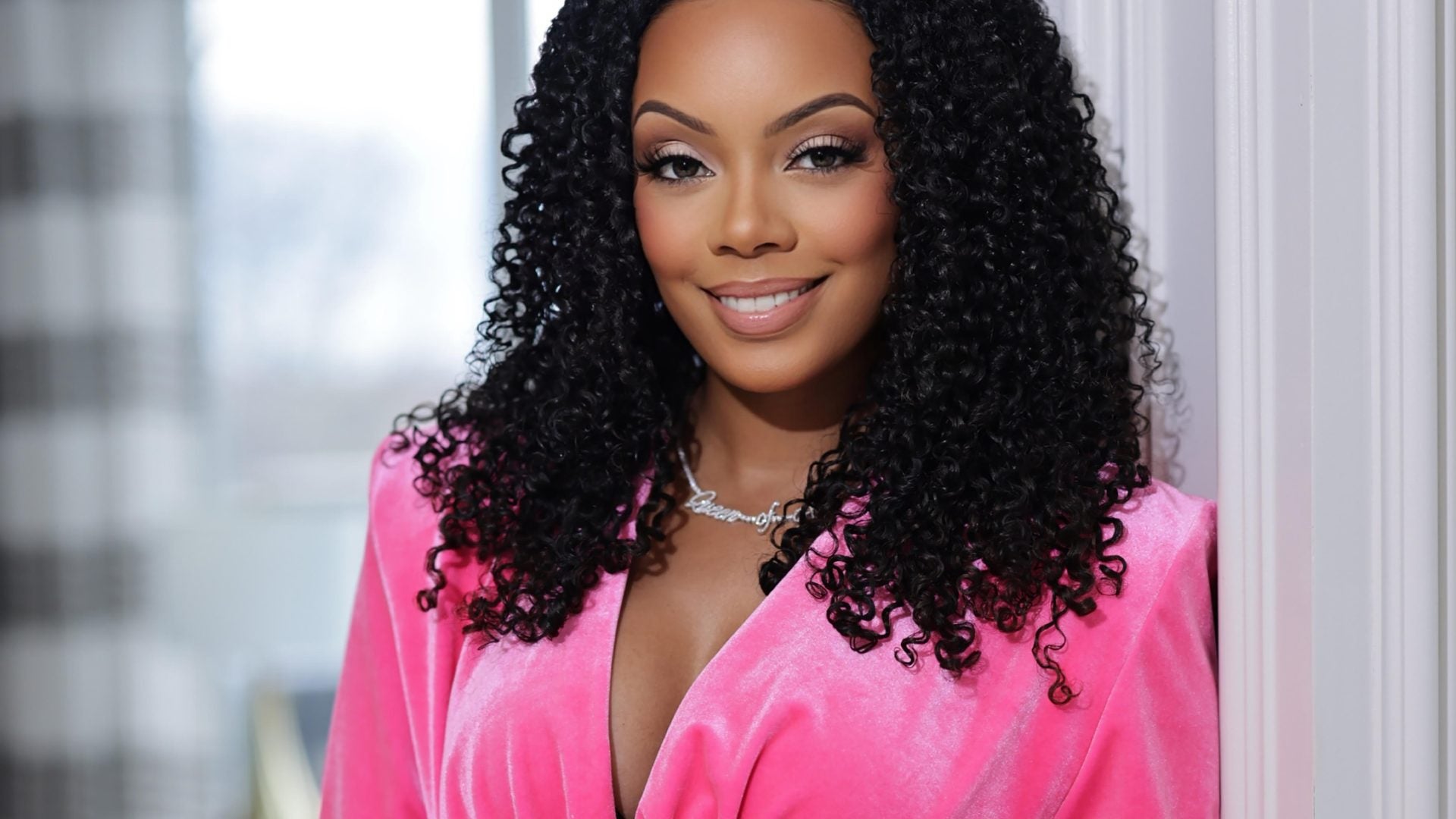
In a world dominated by consumerism and endless Instagram inspiration for the “perfect” lifestyle, a growing number of millennials, especially Black millennials, are saying “no more” to excess. As the cost of living continues to rise and the pressure to “keep up” mounts, many have shifted to minimalist living—a lifestyle that emphasizes simplicity, intentionality, and cutting out unnecessary expenses.
As a self-identified maximalist who loves all things stylish and luxurious, I struggle with this. The idea of downsizing or paring down my closet to a capsule wardrobe seems impossible, but there’s something deeply appealing about the freedom that comes with living with less. So, I’ve been inspired to explore how my peers are finding peace—and financial freedom—through minimalism.
For many Black millennials, minimalism isn’t just a trend—it’s a necessity. With student loan debt, rising housing costs, and the growing awareness of financial inequality, cutting costs has become essential for staying afloat. Recent studies show that Black millennials are more likely to carry student debt than their white counterparts, with the average Black student borrower owing over $52,000 in student loans four years after graduation . Simplifying one’s life by spending less and being more mindful of purchases can significantly reduce financial stress, helping to save for the future.
But it’s not just about money. Minimalist living offers mental clarity and the ability to focus on what truly matters. That’s why we’re seeing more and more young professionals, especially Black women, making intentional choices about where they live, what they wear, and how they spend their time and money.
Minimalism can take on many forms. For some, it’s about decluttering their homes and creating spaces that are free of distractions. For others, it’s about limiting consumption—whether that’s cutting out fast fashion or choosing to forego the latest tech gadget. The key is that minimalism isn’t a “one size fits all” lifestyle. It can be tailored to what works for each individual.
Take Patrice Washington, for example, a leading voice in the personal finance and wellness space. Known as America’s Money Maven, Washington has embraced minimalism as part of her journey toward financial independence. After losing everything in the 2008 financial crisis, she restructured her life and finances, advocating for a more intentional approach to spending and living. Through her podcast and speaking engagements, she shares the importance of aligning spending with core values—a core principle of minimalism. Washington’s approach encourages Black millennials to rethink traditional notions of success and embrace a lifestyle that prioritizes mental health, financial freedom, and self-care.
Minimalism also aligns closely with sustainable living—a movement that prioritizes environmental impact. As the conversation around climate change intensifies, many millennials are embracing sustainable and eco-friendly habits, from reducing waste to buying second-hand. Black millennials, in particular, are becoming leaders in this movement, championing the importance of environmental justice within communities of color. In fact, studies show that Black households are more likely to practice sustainable living behaviors than their white counterparts .
Many are choosing to invest in quality over quantity, whether that’s by purchasing ethically-made clothing or investing in durable goods that will last longer, reducing the need for frequent replacements.
Beyond the physical, digital minimalism is another area where millennials are cutting back. The constant barrage of emails, social media updates, and notifications can be overwhelming. In response, some have embraced digital detoxes, unsubscribing from emails, cutting back on social media use, and simplifying their digital lives to create more mental space.
As someone who spends a lot of time online, I’ve tried scaling back by limiting my time on certain apps and only following accounts that bring value. It’s a work in progress, but I’ve noticed a difference in how I feel mentally when I step away from the noise.
Of course, minimalism isn’t without its challenges. For some, cutting down feels like sacrificing the comforts or luxuries they’ve grown accustomed to. For others, there’s the pressure of presenting a minimalist life that still feels “Instagram-worthy”—because let’s face it, even simplicity has become an aesthetic.
But the beauty of minimalism is that it’s adaptable. It doesn’t mean living in a bare, white-walled apartment with no personality. It’s about making thoughtful choices that prioritize well-being and align with your values.
As Black millennials continue to navigate a world full of financial and social challenges, minimalism offers a path forward—one that prioritizes freedom over accumulation. And while I’m still figuring out how to find my own balance between minimalism and maximalism, I can’t help but be inspired by the ways my peers are redefining success and living life on their own terms.





